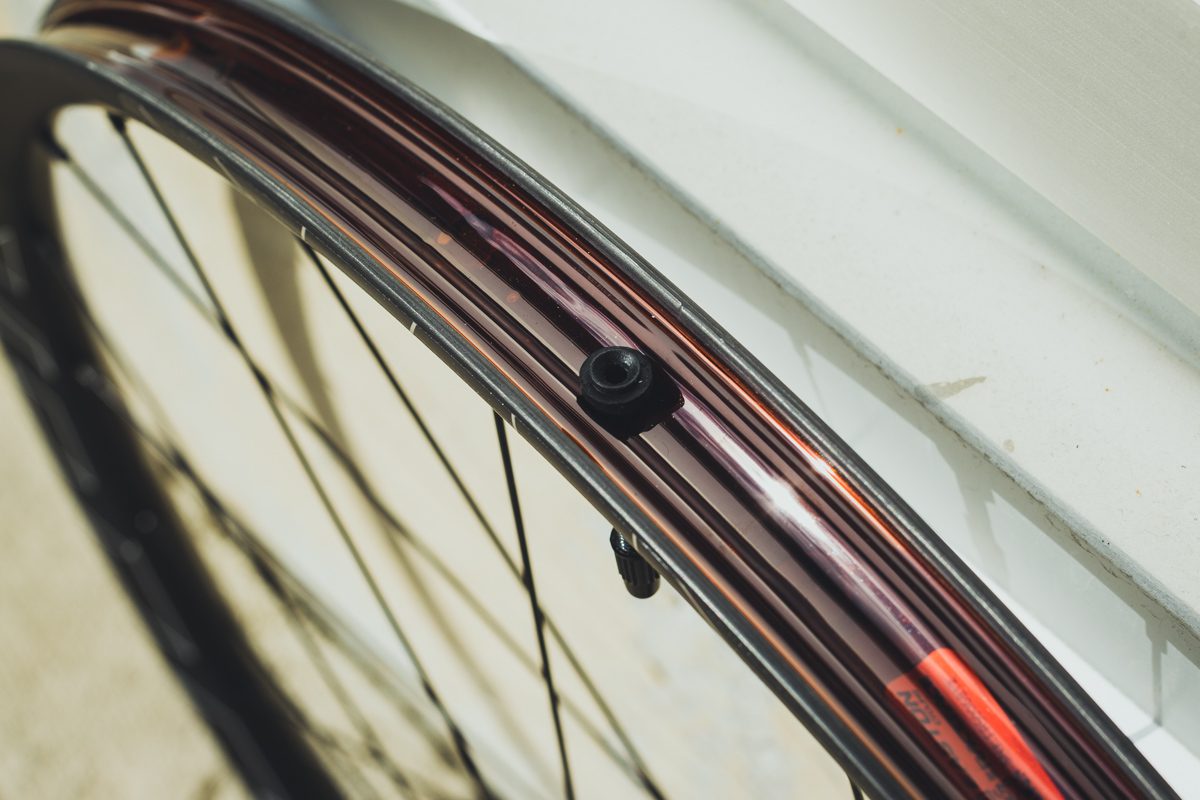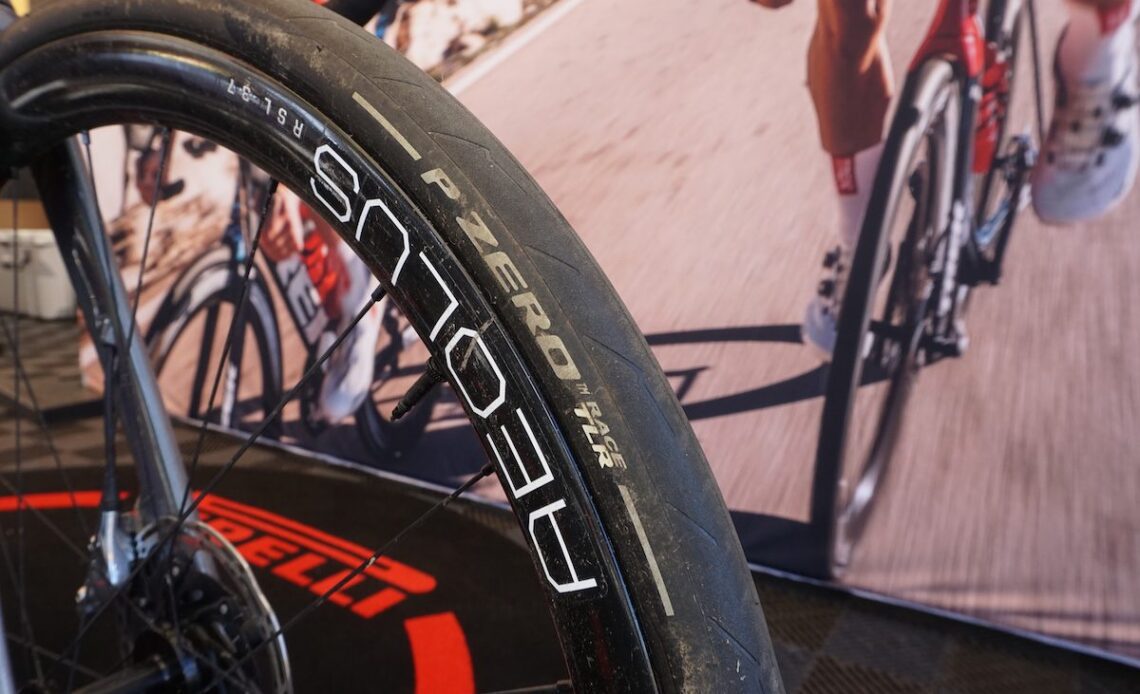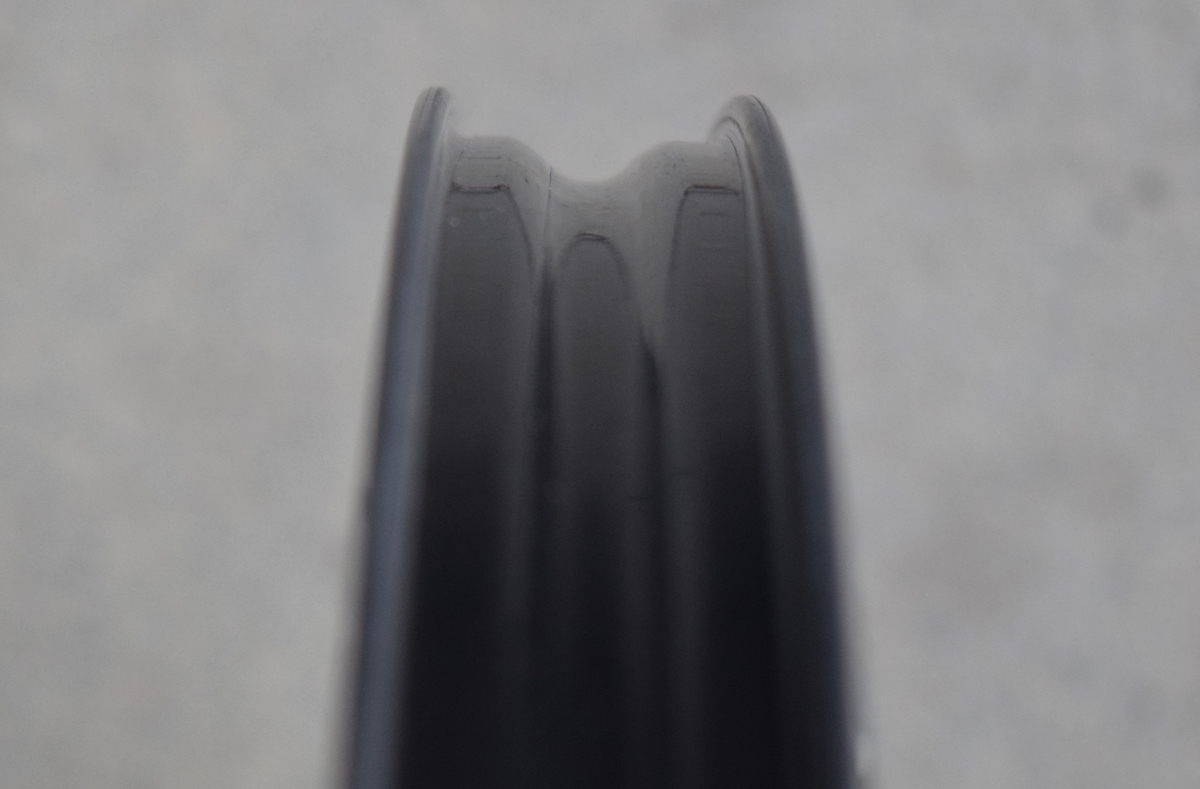Tubeless tire technology may be well established in mountain biking but, much like disc brakes, its crossover to road racing is going less than smoothly. This goes double for the new style of hookless carbon fibre wheels. With a few high-profile problems, that may or may not be the fault of the tire system, hookless rim tubeless tire safety is in the spotlight right now.
Tubeless can be safe, though. And relatively easy. It is different than the old tube/tire and tubular systems, though. That means there are a few different steps you have to take to make setting up tubeless road easy and safe. At least you don’t need glue, though.
Here’s a few tips to make setting up road tubeless easy, and safe.
Before you start
Make sure your tires and wheels are tubeless compatible
This is the absolute first place to start. If the tire or rim aren’t designed to be used in a tubeless system, it just won’t work. While it seems like an obvious point, many tires still come in tubeless and non-tubeless compatible versions. These two versions often look identical, other than some label saying it is tubeless compatible. If it doesn’t say tubeless somewhere on the tire or packaging, it probably won’t work.
Make sure your tires and rims are compatible with each other
Disc brakes opened up a whole new world of tire sizing for road bikes. No longer restricted to the narrow range of sub-28cc tires, riders are realizing higher-volume tires can actually be more efficient. Rim widths are also changing to match the new tire options. But the new, wider range of road tire and rim widths means not all rims will work with all tires. If your tire is too narrow for your rim, or your rim is too narrow for your tire, the system will not work as planned. In the worst case scenario, this could lead to the tire coming off of the rim while riding.
There aren’t yet universal, hard rules for what tire and rim widths will work together. Right now, you have to check the tire and rim you will be using together to make sure they’ll match. There is usually a range of compatible widths. Just make sure you’re checking internal rim width, not external width.
If you can’t find a hard rule printed on your tire, a good rule of thumb is to make sure the tire width is at least 4mm more than the internal rim width. But, if it doesn’t say a hard range anywhere on packaging, maybe go back to the step above.

Click Here to Read the Full Original Article at Canadian Cycling Magazine…


